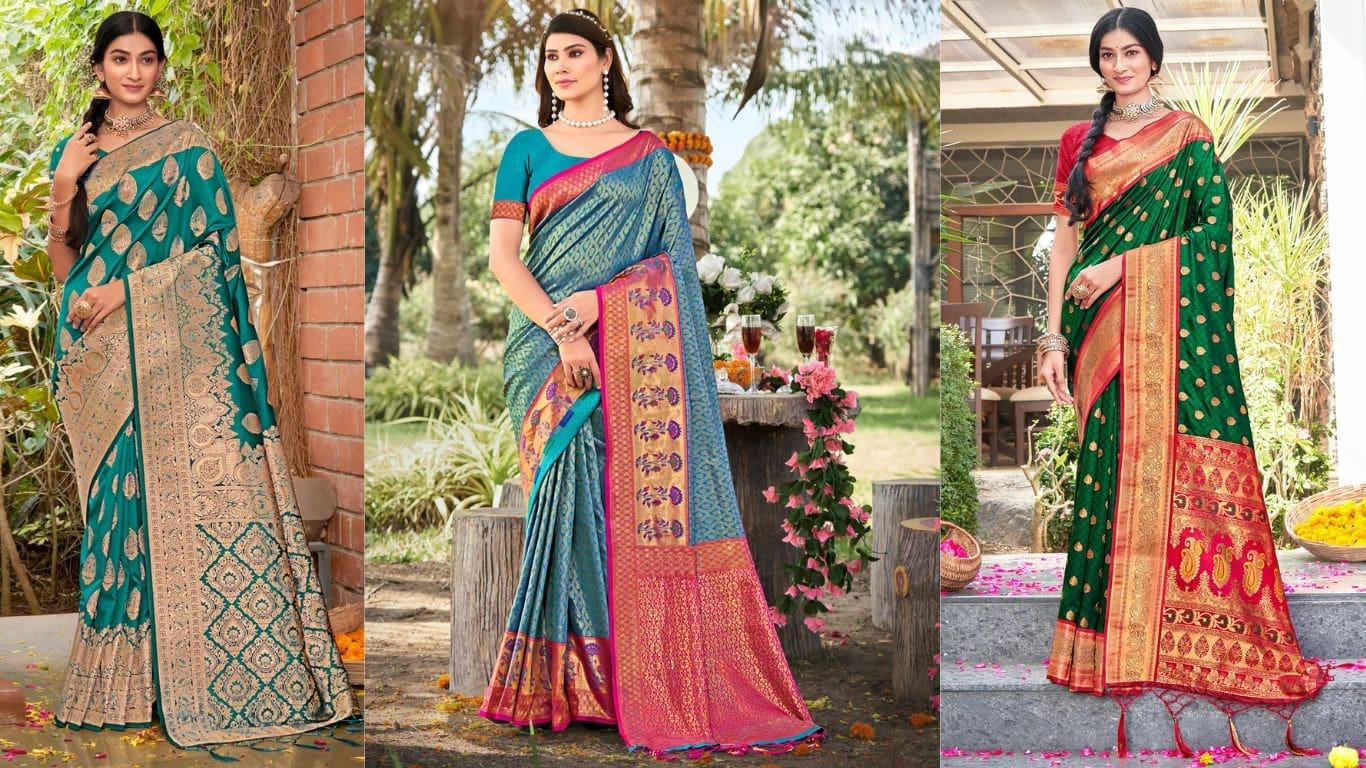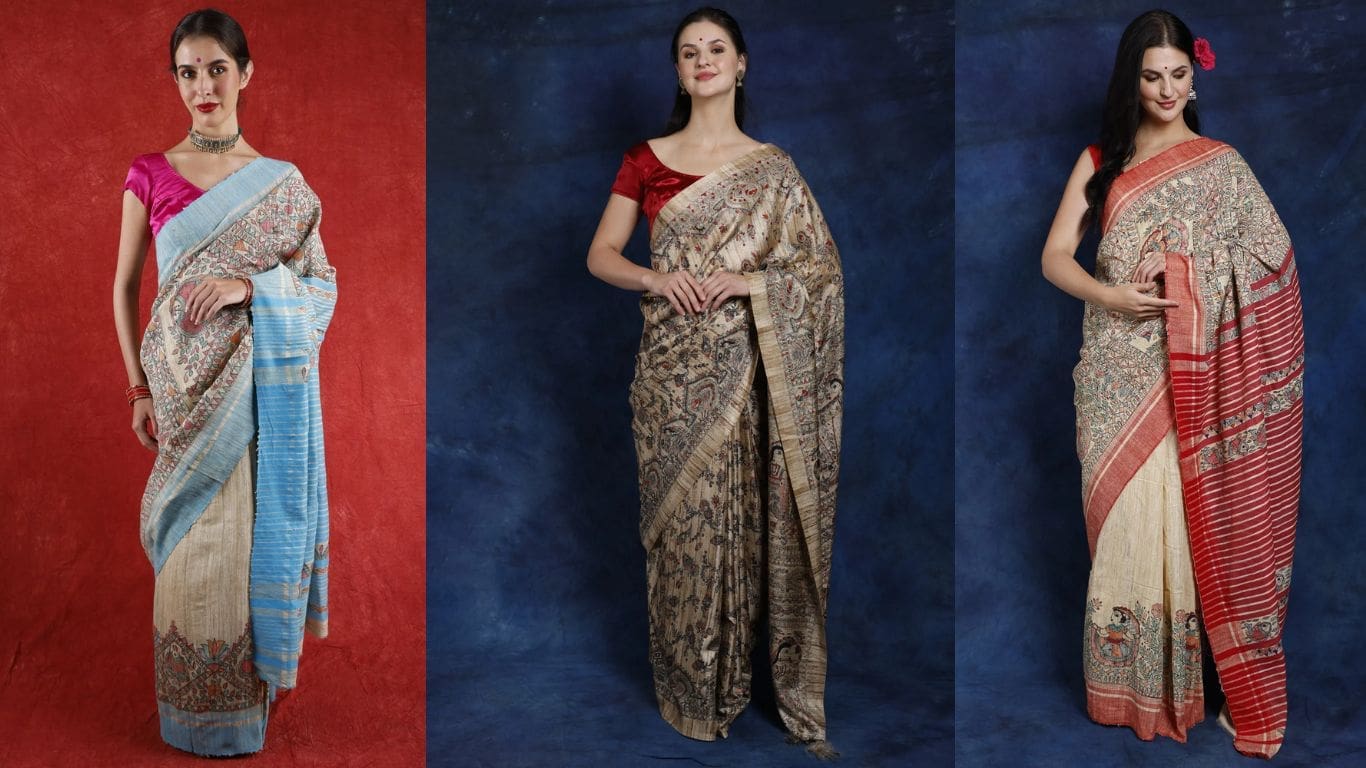Sarees possess a transformative quality, gracefully enhancing a woman’s appearance by concealing any perceived flaws while accentuating her best features. Throughout history, Indian women have embraced sarees as a traditional attire, with the exception of Punjabi women who prefer salwar kurtas due to the colder climate. In Assam, the Mekhala Chadar, a variation of the saree split into two parts, is popular. Despite its cultural significance in India, the saree has not spread widely to other countries, except for Nepal, Sri Lanka, and Bangladesh, with historical ties between Sri Lanka and India dating back to the days of the Ramayana.
Regional Varieties of Sarees in India
Different regions in India specialize in unique saree varieties influenced by climate conditions. For instance, in extremely hot climates like West Bengal, cotton sarees are preferred, while regions like Tamil Nadu are renowned for silk sarees like the Chennai Kanjeevaram known for intricate zari work. Karnataka excels in silk, chiffon, and georgette sarees, while Madhya Pradesh and Coimbatore are famous for handloom cotton sarees. Andhra Pradesh produces exquisite sarees due to its consistent climate, with traditional cotton sarees like Gadhwal, Venkatgiri, and Pochampalli. Dharmavaram silk from Andhra Pradesh is highly esteemed for its superior quality.
Specialized Sarees from Different States
Each state in India showcases its unique saree craftsmanship based on climate and cultural influences. Rajasthan, known for its desert heat, produces vibrant block print, Laheria, and Muthara sarees, along with bandhani sarees. Gujarat and Rajasthan share expertise in Bandhani sarees due to similar climatic conditions. Uttar Pradesh is famous for Benarasi sarees, a staple in traditional weddings, crafted with intricate designs using bamboo tools. The artistry of Madhubani paintings, traditionally seen on walls and paper, has now extended to silk and cotton sarees, adding a colorful touch to traditional attire.
Madhubani Painted Sarees
Madhubani paintings on sarees feature elaborate designs on the pallavs and borders, often depicting themes like Radha-Krishna or Sita-Ram swayamvar. These paintings are typically done on tussar silk sarees, known for their thickness and glossiness, making them a popular choice for their affordability and availability. Care must be taken while ironing these sarees to avoid damaging the intricate artwork. Incorporating a Madhubani painted saree into your collection adds a vibrant and artistic flair to your wardrobe, showcasing the rich cultural heritage of India.


